- Extended comment
Your question and a simple answer are guaranteed to cause design errors from vague assumptions.
This is due to the lack of details and specs and ought to be revised and deserves to be rejected. How do you know how to read specs to guarantee 100mA output if only the input current max is given and temperature rise is unknown and effects on CTR etc.
BJT's unless binned, sorted and purchased with guaranteed CTR (or effectively hFE) with protection for exactly your correct specifications, design failure may occur.
The optoisolators eliminate conducted EMI coupling issues but not radiated.
Optoisolators vary widely with tradeoffs for speed, CTR, cost significantly yet CMOS and BJT switches are cheap. This is due to the challenges of extra conflicting processes for optical and doped silicon chemical processes.
Opto-isolators have inherently wide hFE's and thus CTR typically 50% to 600% on the best over environmental range whereas CMOS switch RdsOn only varies +/-50% typ.
- yet CMOS Opto's are very expensive, reliable is better than BJT Opto's were designed for high power SSR's, IGBT's and MOSFET bridges.
- yet mechanical relays can be cheap and can have current gains > 2k
An adequate question must have ALL the requirements including cost, qty, ambient
As suggested by @Analogkid there are now more modern solutions using CMOS Opto switches intended for high (power & cost) systems.
Your question is almost void of specs.

Bottom Line or Lesson to learn
Learn how to read specs and write design specs in the same depth.
This is not a secret but rather essential to good designs and becoming a good Engineer. "the better the question, the better the answer" or the more time you spend in good specs, the easier it is to design fault-free and with more options. It should not contain any specific part numbers.



